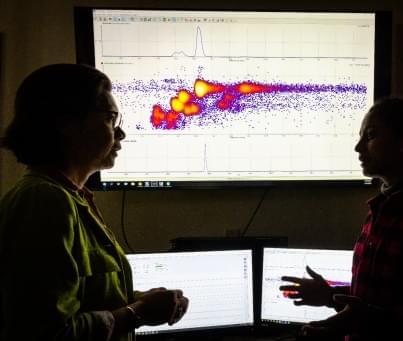A dietitian has issued a warning that many people are lacking a crucial nutrient that can reduce the risks of diabetes, heart disease, and cancer.
Dr. Carrie Ruxton has provided insights on the recommended intake, its health benefits, and how to include it in your diet. The medical specialist and advisor to the General Mills fibe r campaign stated that millions of people were “missing out on a vital nutrient which protects us against killer diseases simply because they don’t understand what it does in the body.” That’s the finding of a report about fiber — often called roughage.
Dr. Ruxton said that “adults should eat 30 grams of fiber a day.” But she added: “In reality, people are missing the target by a huge 10 g/day, placing themselves at greater risk of the world’s biggest killers – type 2 diabetes, cardiovascular disease, and cancer.








